Struggling with your macromolecules worksheet? Understanding the fundamental building blocks of life – carbohydrates, lipids, proteins, and nucleic acids – is crucial for success in biology. A solid grasp of their structure, function, and how they interact is essential. This post provides a comprehensive Macromolecules Worksheet Answer Key to help you check your work, identify areas for improvement, and deepen your understanding of these vital biomolecules. We’ll go beyond just giving you the answers; we’ll touch on key concepts and explanations to reinforce your learning. Remember, the goal is not just to get the right answers, but to truly understand the underlying principles!
Macromolecules Worksheet Answer Key
Below you’ll find the answer key to a typical macromolecules worksheet. Keep in mind that worksheets can vary, but these answers cover the core concepts often addressed. Use this key as a guide to self-assessment and to identify topics that need further review. Good luck!
- Question 1: What are the four major classes of organic macromolecules that are always found and are essential to life?
- Answer: Carbohydrates, Lipids, Proteins, and Nucleic Acids
- Answer: Monosaccharides (e.g., glucose, fructose, galactose)
- Answer: Energy storage (e.g., starch, glycogen), structural support (e.g., cellulose in plants, chitin in arthropods and fungi).
- Answer:
- Glucose: Immediate energy source for cells.
- Fructose: Found in fruits, provides energy.
- Starch: Energy storage in plants.
- Glycogen: Energy storage in animals.
- Cellulose: Structural component of plant cell walls.
- Answer: Primarily carbon and hydrogen, with relatively few oxygen atoms. Common types include triglycerides (glycerol and three fatty acids), phospholipids (glycerol, two fatty acids, and a phosphate group), and steroids (four fused carbon rings).
- Answer: Long-term energy storage, insulation, protection of organs, structural component of cell membranes (phospholipids), hormone production (steroids).
- Answer: Saturated fatty acids have no double bonds between carbon atoms in their hydrocarbon chain, making them solid at room temperature (e.g., butter). Unsaturated fatty acids have one or more double bonds, creating kinks in the chain, making them liquid at room temperature (e.g., olive oil).
- Answer: Amino acids
- Answer: Peptide bond
- Answer:
- Enzymes: Catalyze biochemical reactions.
- Structural proteins: Provide support (e.g., collagen, keratin).
- Transport proteins: Carry molecules (e.g., hemoglobin).
- Hormones: Chemical messengers (e.g., insulin).
- Antibodies: Defense against pathogens.
- Contractile proteins: Movement (e.g., actin, myosin).
- Answer: Nucleotides
- Answer:
- DNA (Deoxyribonucleic acid): Stores genetic information.
- RNA (Ribonucleic acid): Involved in protein synthesis.
- Answer: A phosphate group, a pentose sugar (deoxyribose in DNA, ribose in RNA), and a nitrogenous base (adenine, guanine, cytosine, thymine in DNA; adenine, guanine, cytosine, uracil in RNA).
- Answer: Dehydration synthesis is a chemical reaction in which monomers are joined together by removing a molecule of water. This process builds larger macromolecules from smaller subunits.
- Answer: Hydrolysis is a chemical reaction in which a molecule of water is added to break the bond between monomers in a macromolecule. This process breaks down larger molecules into smaller subunits.
Understanding the Significance
By reviewing this answer key and the explanations provided, you can gain a deeper appreciation for the role of macromolecules in all living things. Remember that understanding these concepts is crucial not only for your biology class but also for understanding broader scientific principles. Use this resource to solidify your knowledge and don’t hesitate to consult your textbook or teacher for further clarification on any challenging topics.
Ultimately, mastering the basics of macromolecules lays the groundwork for understanding more complex biological processes, from cell function to genetics and beyond. Continue to practice and reinforce your understanding, and you’ll be well on your way to success in biology!
If you are looking for Macromolecules Worksheet 2 Answer Key Macromolecules Review you’ve came to the right place. We have 22 Pics about Macromolecules Worksheet 2 Answer Key Macromolecules Review like SOLUTION: Macromolecules worksheet answer key – Studypool, 50 Macromolecules Worksheet Answer Key – Chessmuseum Template Library and also Macromolecules Worksheet 2 Answer Key Macromolecules Review. Here you go:
Macromolecules Worksheet 2 Answer Key Macromolecules Review

kangothz32dblearning.z14.web.core.windows.net
Unit1 Answer Key Structure And Function Of Macromolecules – Worksheet

www.studocu.com
SOLUTION: Macromolecules Worksheet Answer Key – Studypool

www.studypool.com
Macromolecules Review Worksheet For H Biology

mitchc9qlessonmedia.z13.web.core.windows.net
Macromolecules Worksheet

sahklubrad.com
Macromolecules Worksheet Answer Key – Ame.my.id
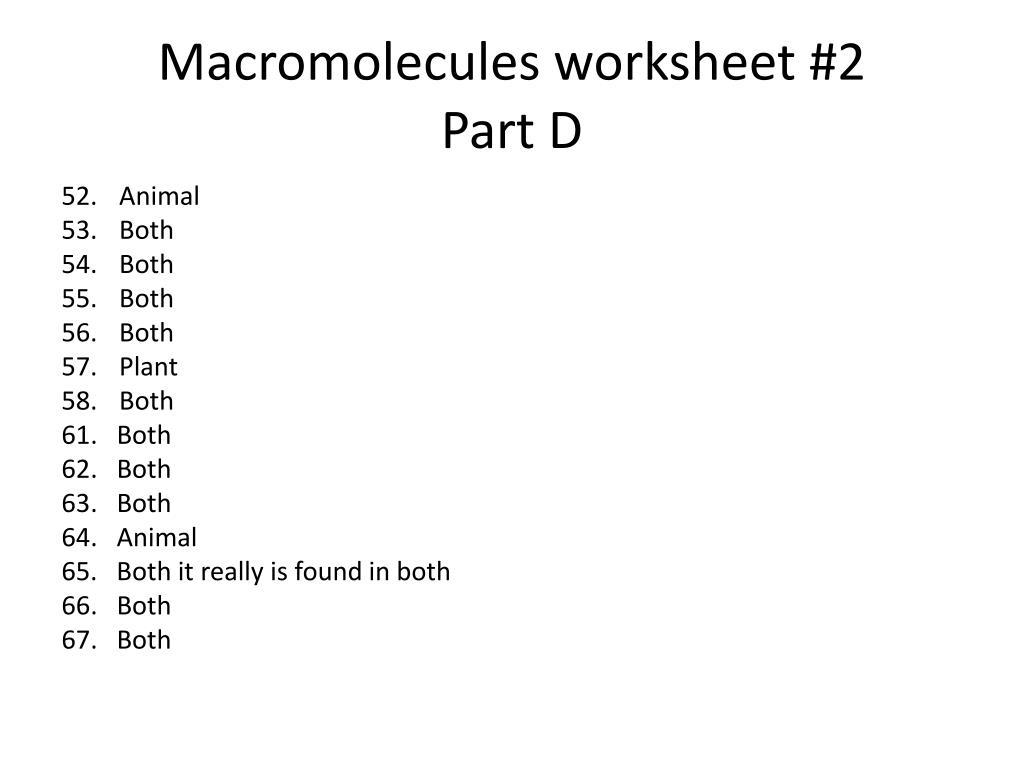
ame.my.id
Macromolecules Worksheet
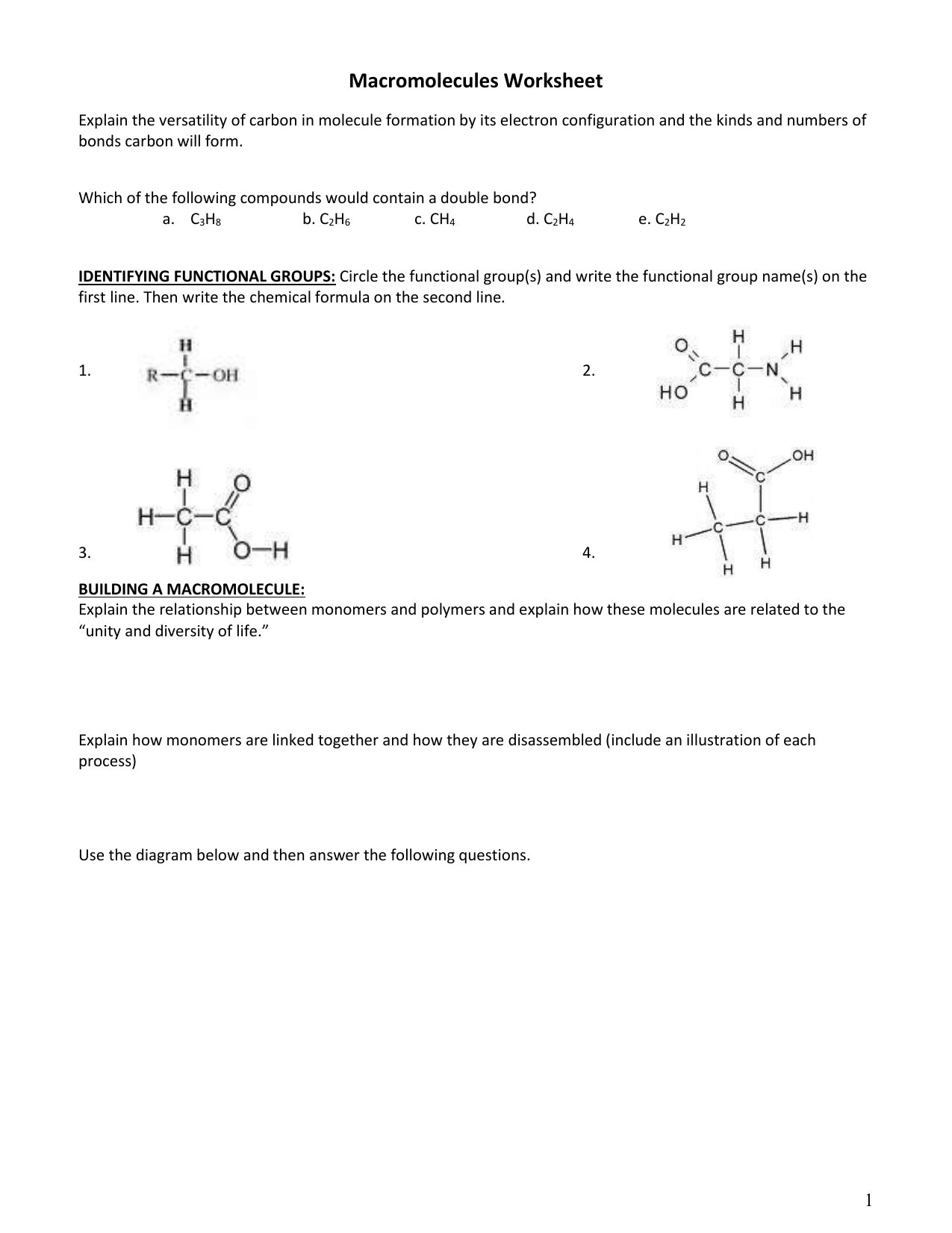
studylib.net
11 Biology Macromolecules Worksheets And Answers – Free PDF At
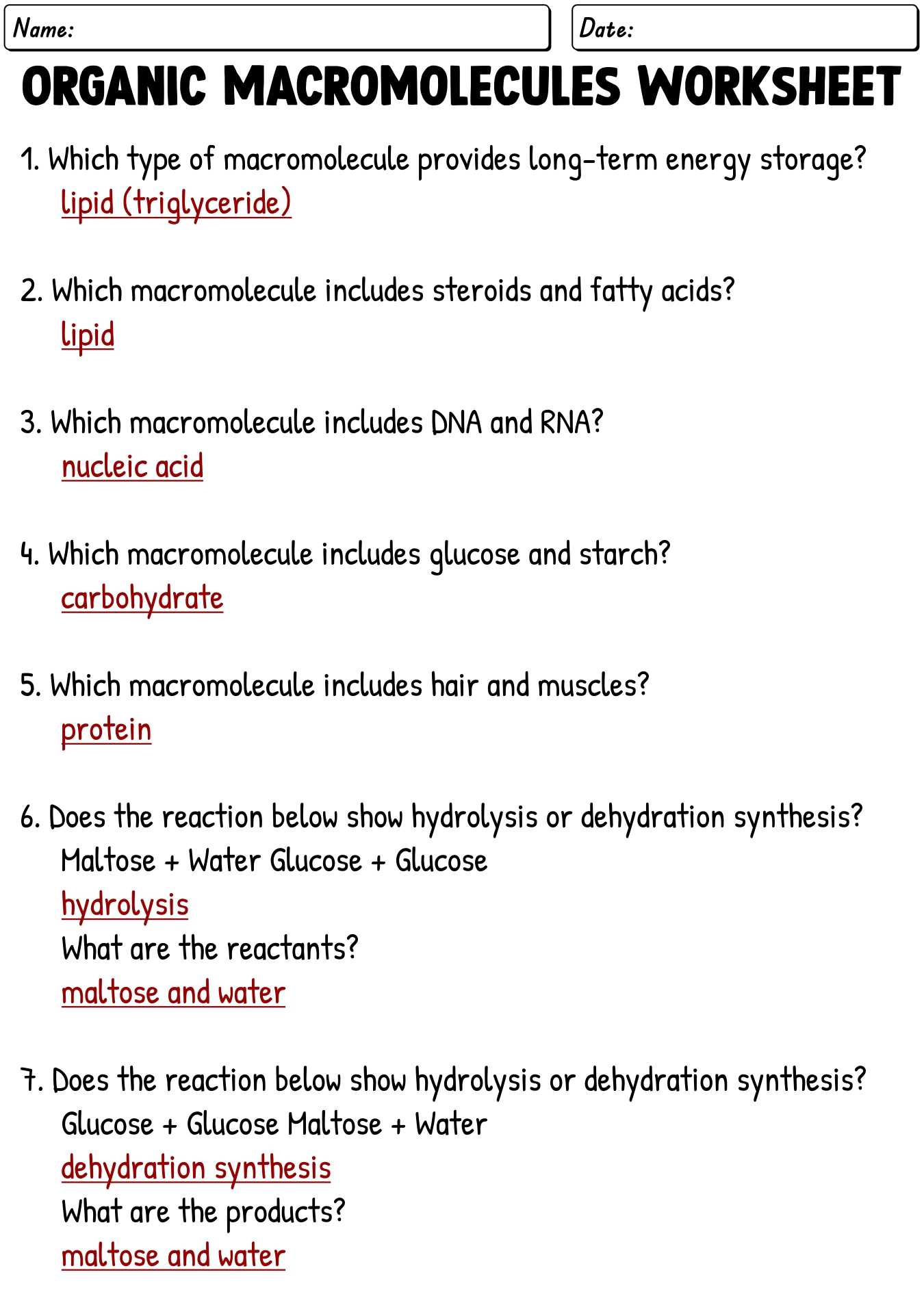
www.worksheeto.com
Macromolecules Worksheet Chart
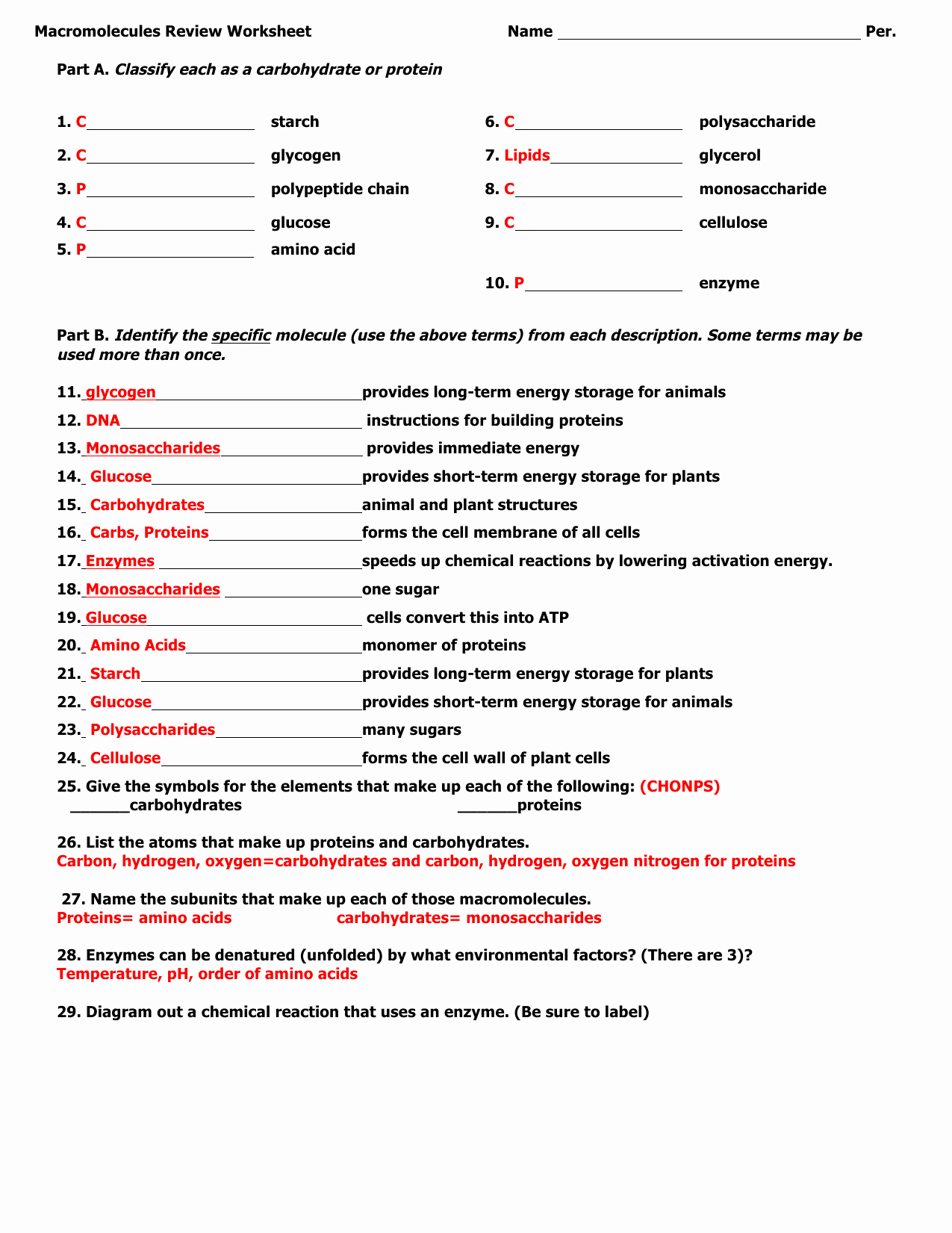
lessonlibrarystower.z22.web.core.windows.net
Biological Macromolecules Answer Sheet

amasandose26dblearning.z21.web.core.windows.net
11 Biology Macromolecules Worksheets And Answers – Free PDF At
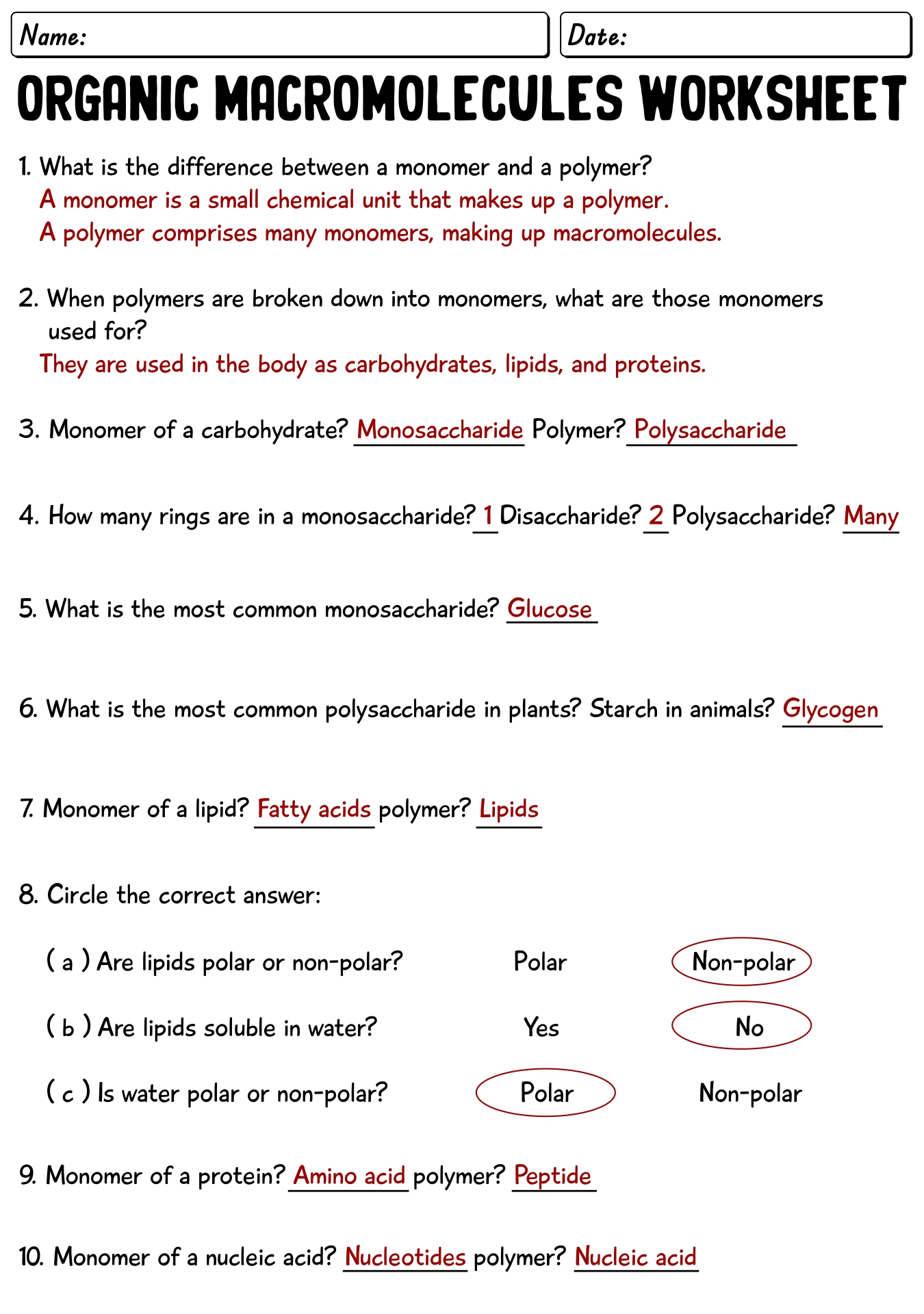
www.worksheeto.com
Building Macromolecules Worksheet Answers – Pro Worksheet
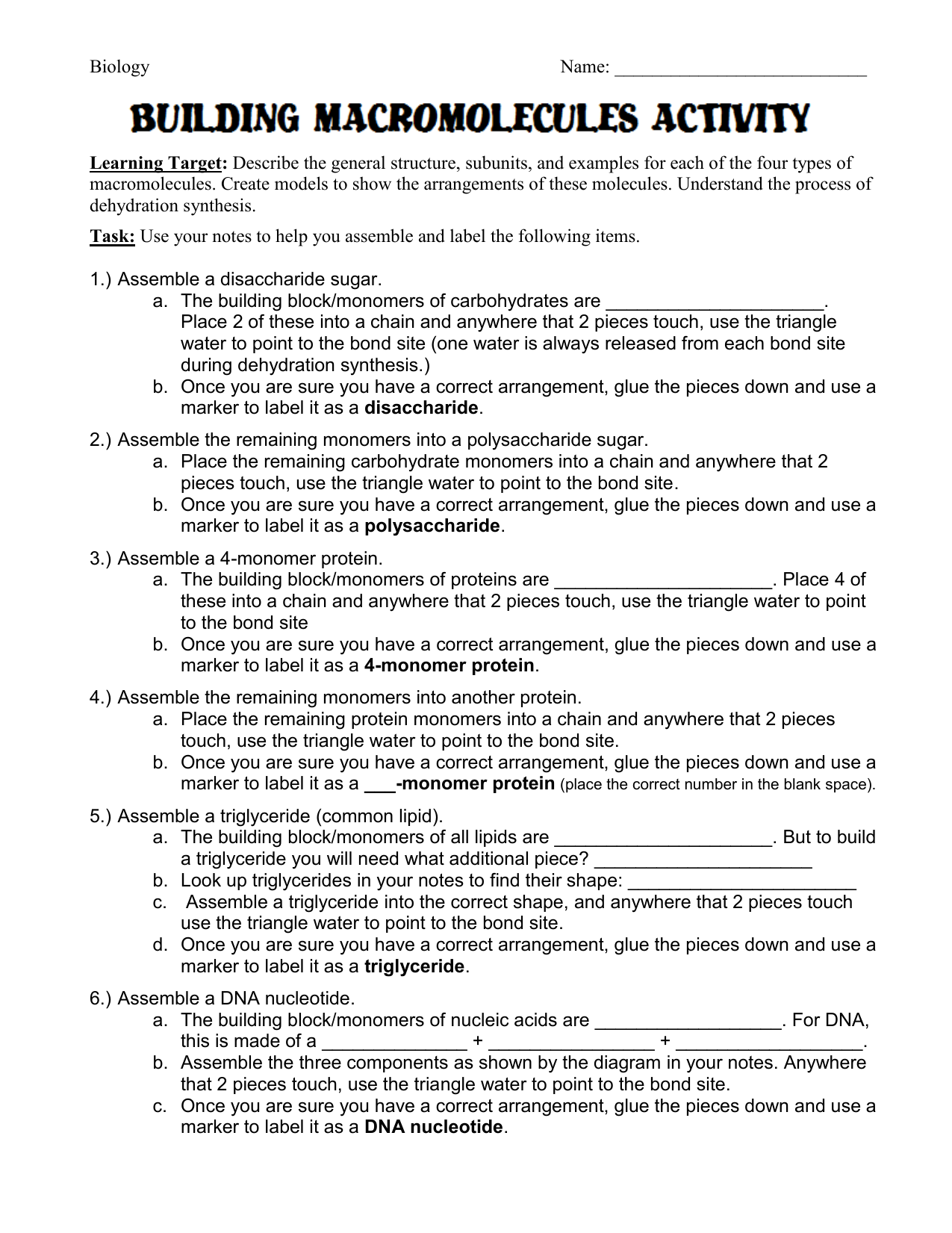
www.proworksheet.my.id
11 Biology Macromolecules Worksheets And Answers – Free PDF At
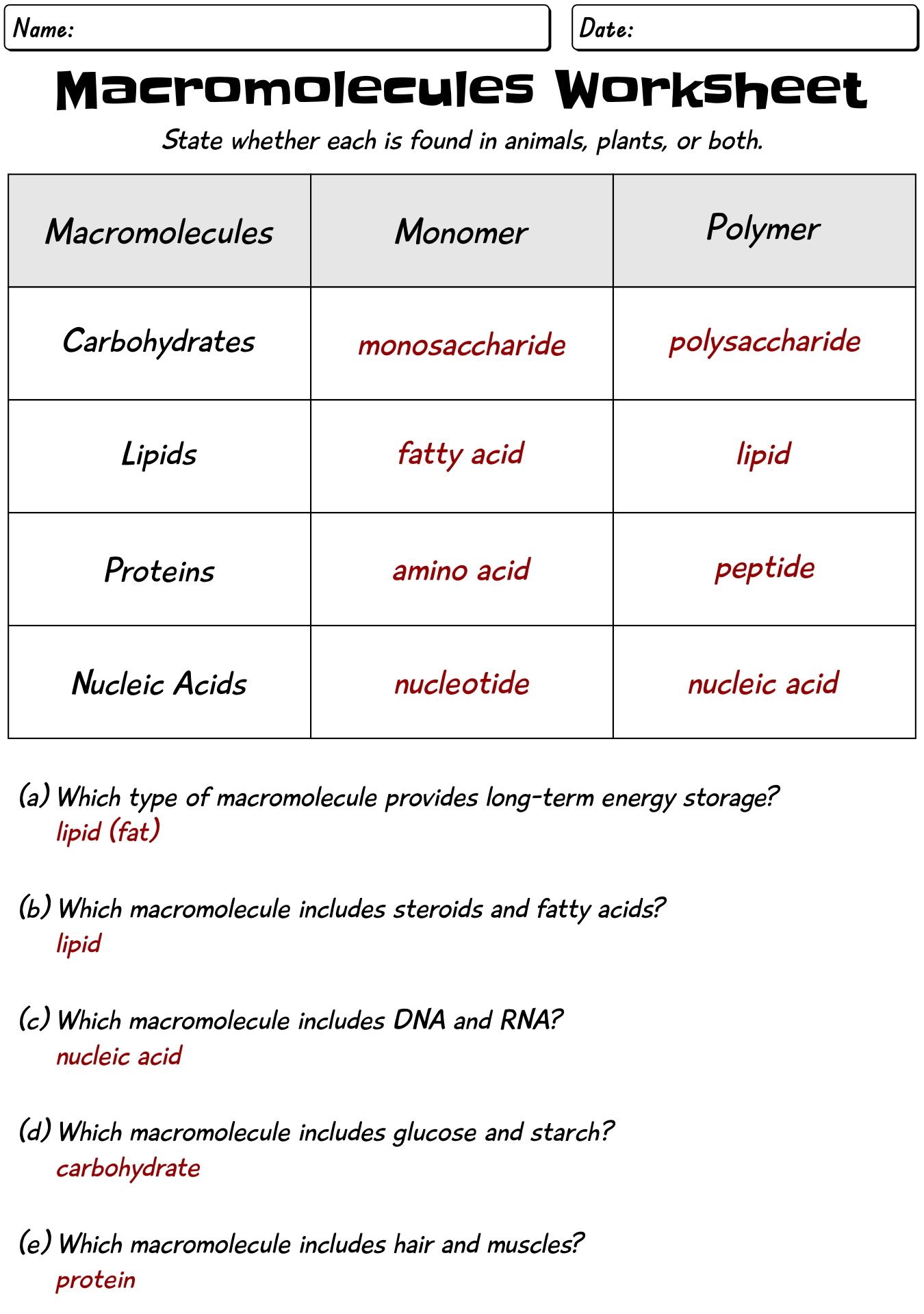
www.worksheeto.com
Macromolecules Review Worksheet For H Biology Biochemistry M

drawfuncynndblearning.z14.web.core.windows.net
16 College Biology Worksheets – Free PDF At Worksheeto.com
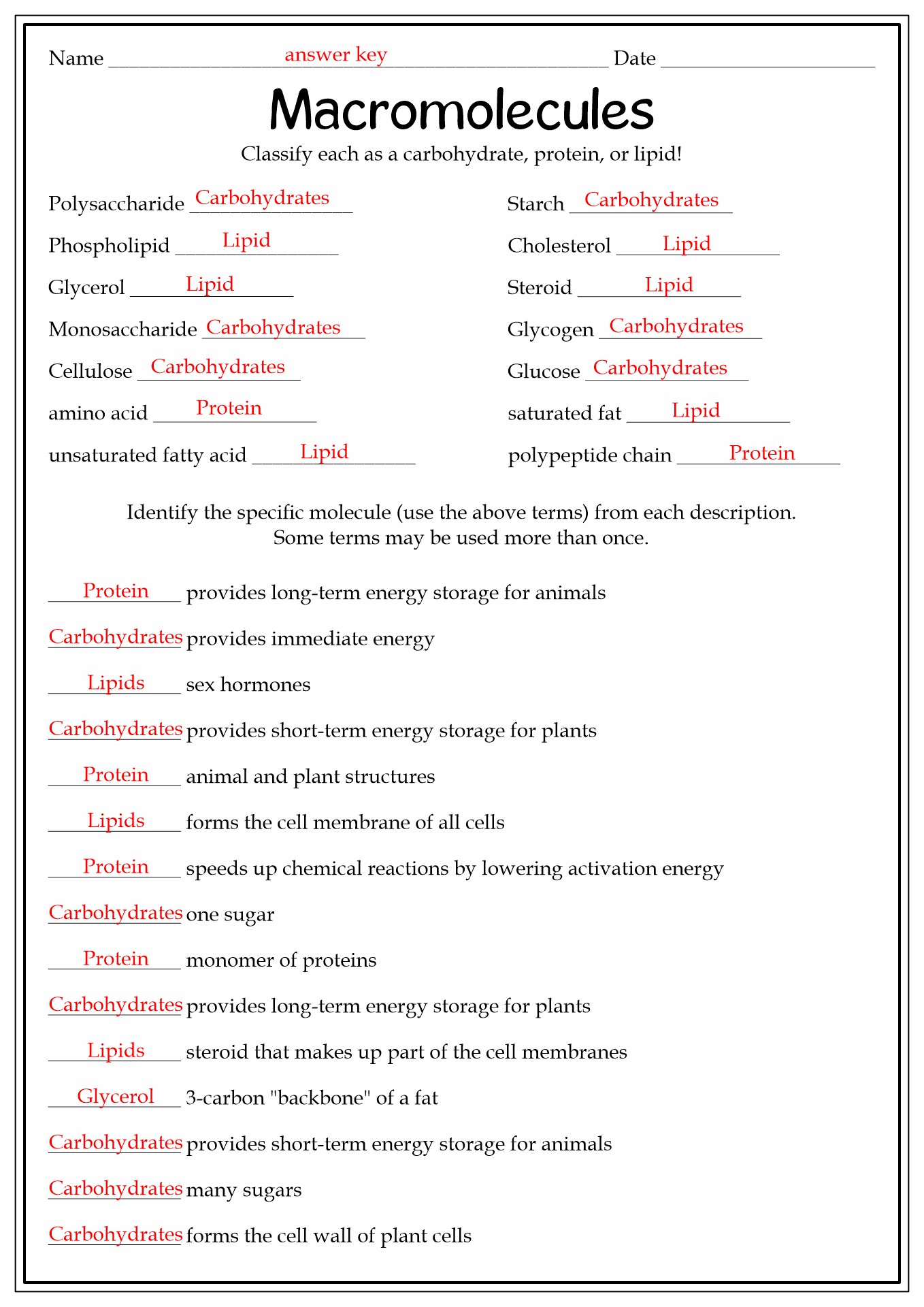
www.worksheeto.com
Biological Macromolecules Answer Sheet

kelubungjuistudyquizz.z13.web.core.windows.net
Macromolecules Worksheet Answer Key
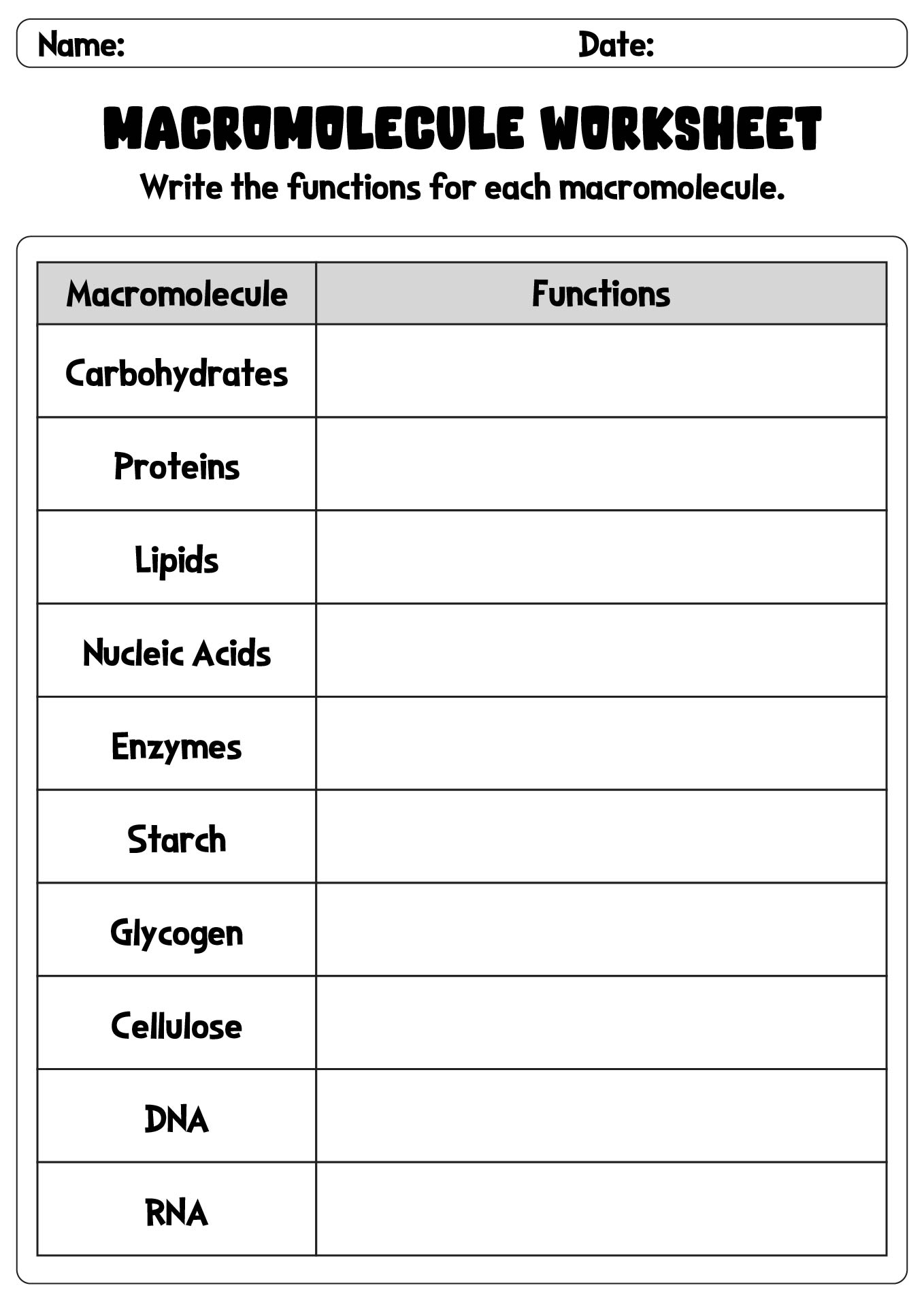
lessonlibrarystower.z22.web.core.windows.net
50 Macromolecules Worksheet Answer Key – Chessmuseum Template Library
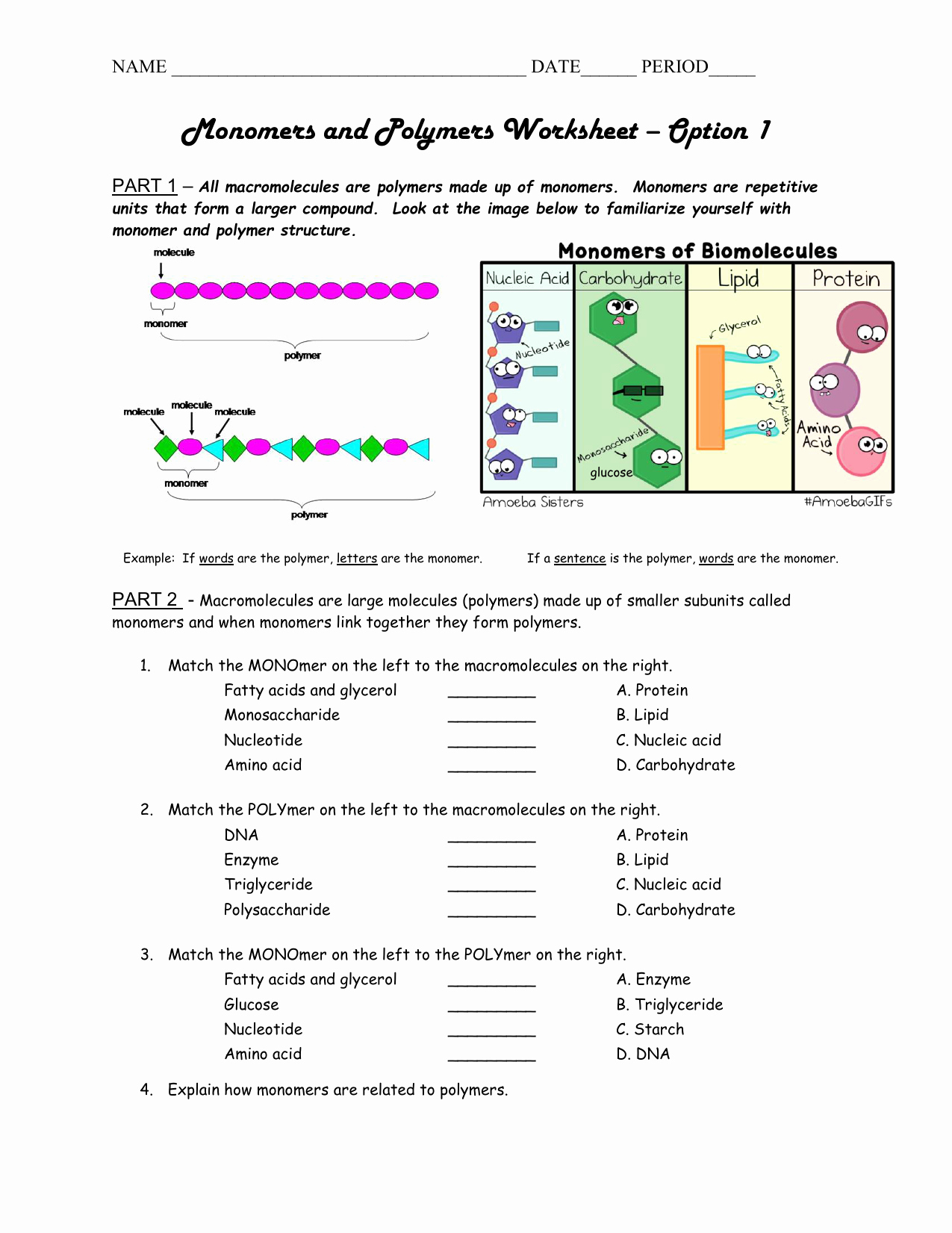
chessmuseum.org
Biological Molecules Macromolecules Worksheet
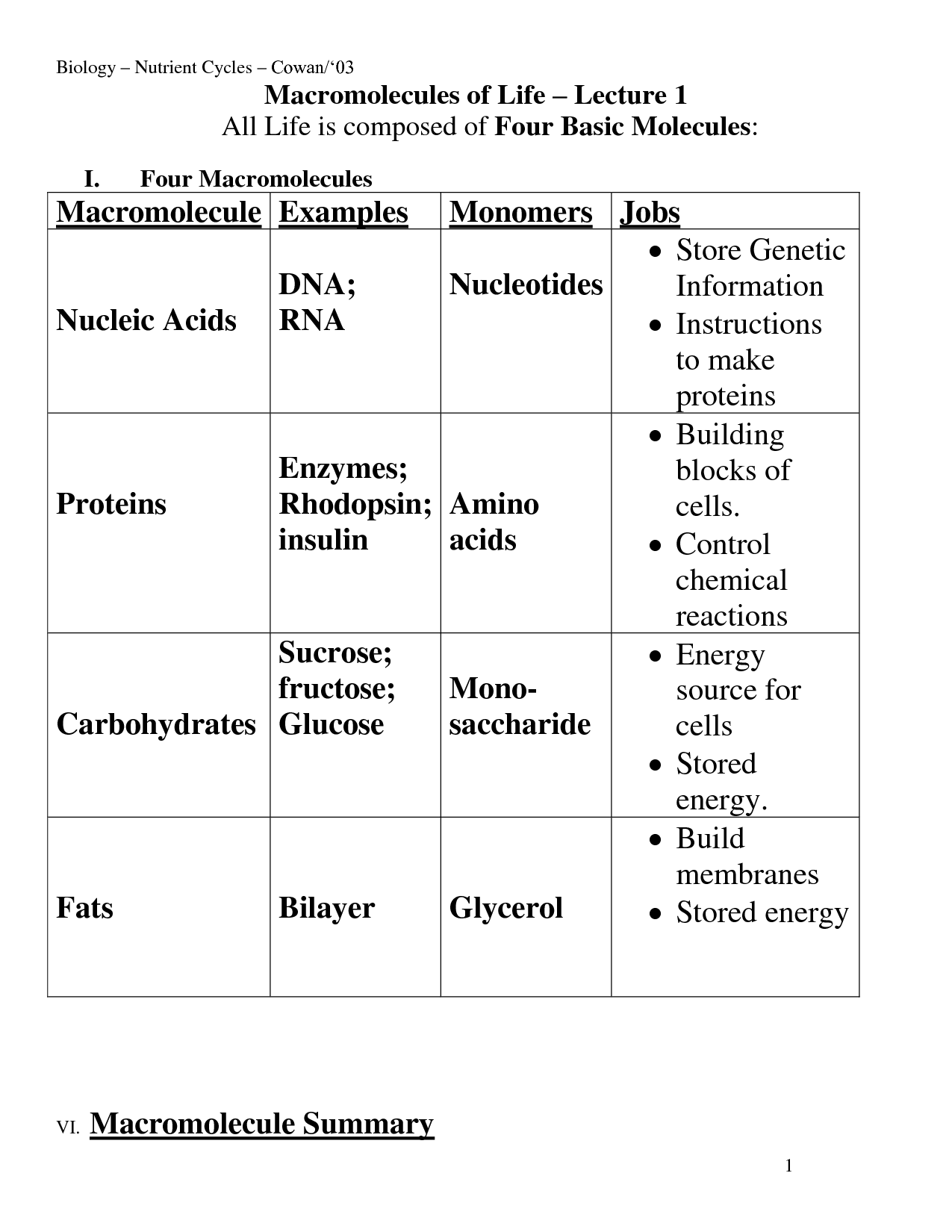
learningschoolenrichifa.z22.web.core.windows.net
11 Biology Macromolecules Worksheets And Answers – Free PDF At

www.worksheeto.com
Biological Macromolecules Answer Sheet
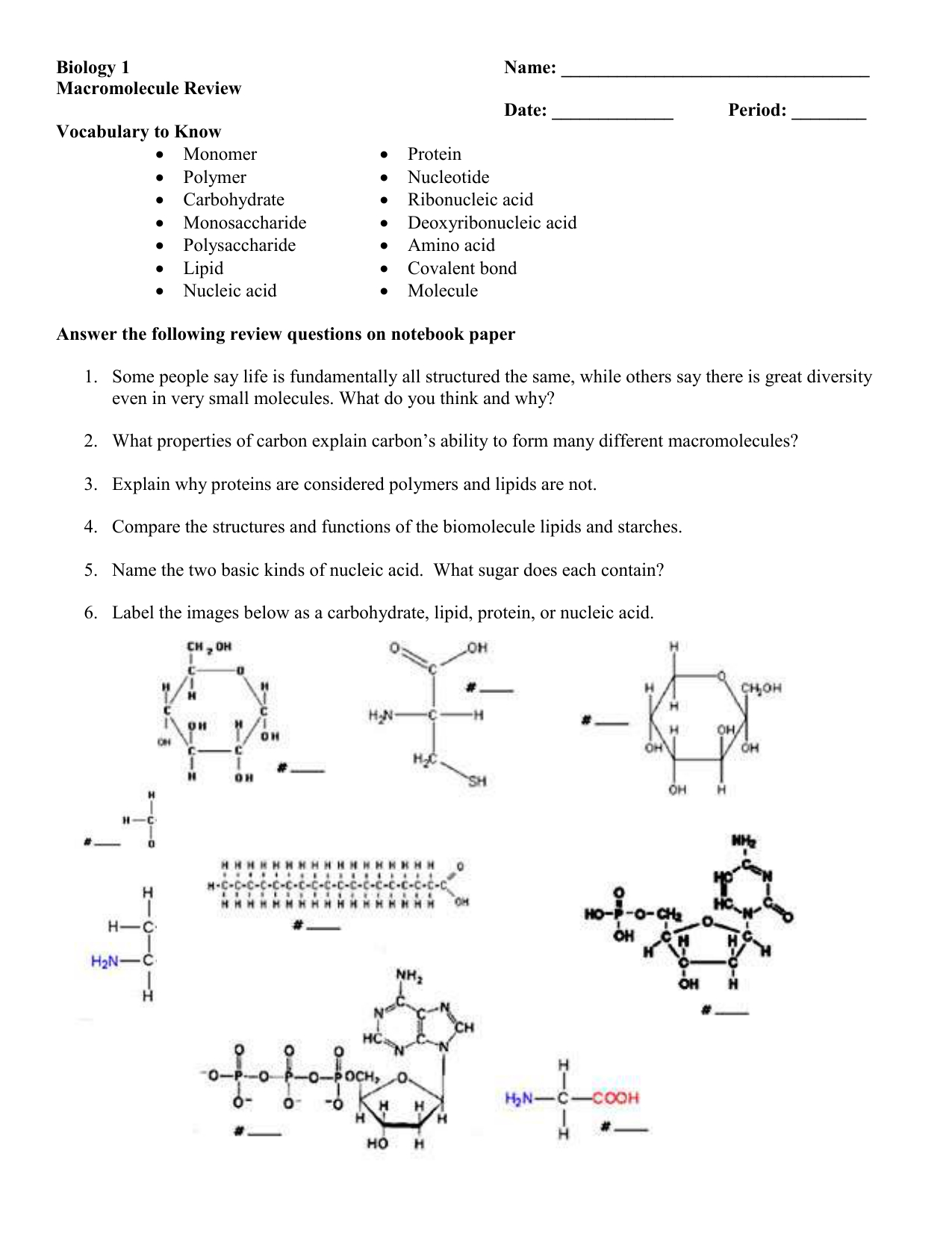
lessondbparaffines.z13.web.core.windows.net
Biological Macromolecules Worksheet

worksheetfullcorniche.z22.web.core.windows.net
11 biology macromolecules worksheets and answers. Macromolecules worksheet answer key. macromolecules review worksheet for h biology